John Hurrell – 30 April, 2025
Qualities of light hitting positioned surfaces are a major element but they are not the dominant feature: properties of colour and shape are. The works are an unusual hybrid curiously blending the still life genre unintentionally with sixties abstract artists like Robert Motherwell who although totally nonfigurative, often used black leafy shapes. There is never a flat picture-plane except perhaps if you squint to optically squash the 'volume.'
Of the ten or so excellent still life paintings in Jude Rae’s latest Auckland exhibition, there are three that are particularly exceptional. I am not a horticulturalist or botanist—I am usually indifferent to most plants I casually walk past in friends’ gardens or porches—but three works featuring dark green leaves greatly appeal: something to do with their hovering formation in a cluster and their (at times) ragged elliptical edges.
These thoughts are not typical. They greatly surprised. The elongated oval foliage attracts me more than say Rae’s rendition of the curved or box-shaped pots holding the stems, the bands of bright colour running along the bottom horizontal edge to underscore the picture-plane, the reflective tilted surfaces of the tables holding the vases, or the small angular islands of hot colour flashing through delicate planes of ‘crumbly’ over-painting.
Rae’s rendered oil-on-linen images are carefully designed and fastidiously executed, with some I think much more emotional than others. They are perhaps not planned that way, as what they happen to elicit by way of visceral response is through formal compositional means. Each Morandiesque (or Chardinesque?) work is frontally aligned, with no oblique angles. ie the stretcher and canvas are parallel with the depicted wooden table.
Qualities of light hitting positioned surfaces are a major element but they are not the dominant feature: properties of colour and shape are. The works are an unusual hybrid curiously blending the still life genre unintentionally with sixties abstract artists like Robert Motherwell who although totally nonfigurative, often used black leafy shapes. There is never a flat picture-plane except perhaps if you squint to optically squash the ‘volume.’
At the risk of sounding slightly odd—as is evident—I find the leafy components exhilarating, elements separate from the other depicted objects. This is because of their dark tone, and their angled and pointed curved shapes, for they stridently dominate the vistas of the depicted domestic interiors. They have an added sense of drama.
John Hurrell
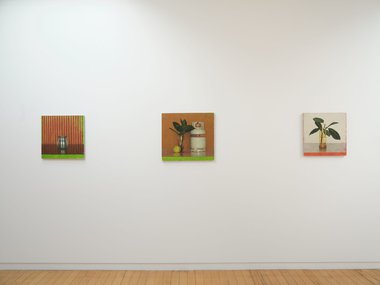
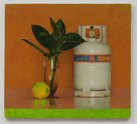
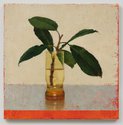
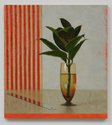
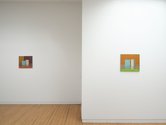
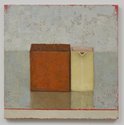
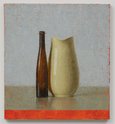
 Two Rooms presents a program of residencies and projects
Two Rooms presents a program of residencies and projects Advertising in this column
Advertising in this column
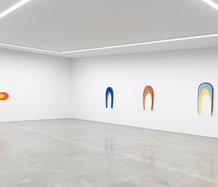
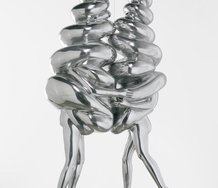
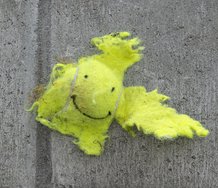
This Discussion has 0 comments.
Comment
Participate
Register to Participate.
Sign in
Sign in to an existing account.